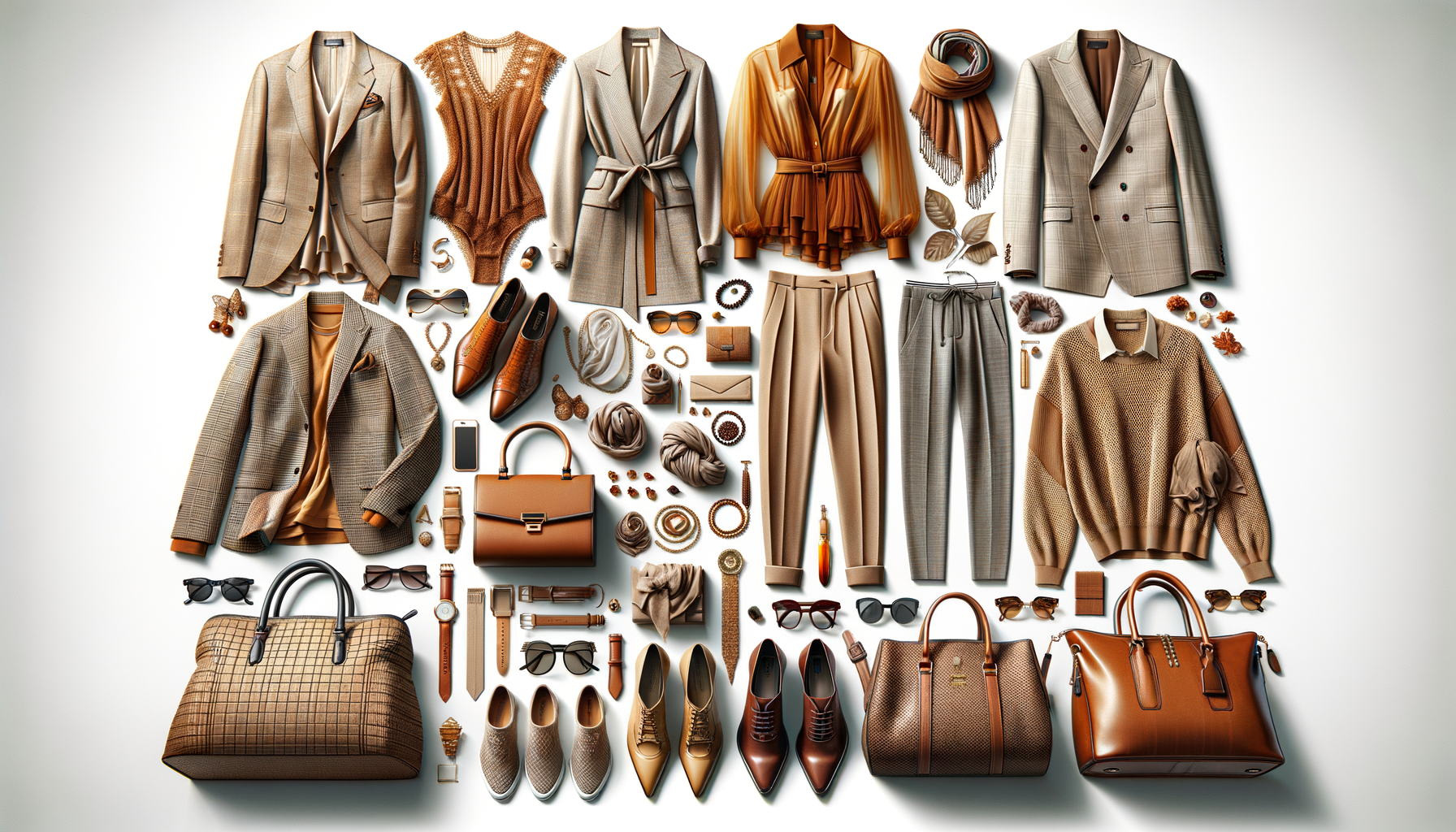
Exploring Italian Clothing Styles and Trends
Introduction to Italian Fashion
Italy is renowned for its profound influence on global fashion, offering a unique blend of tradition and modernity that captivates fashion enthusiasts worldwide. Italian fashion is not just about clothing; it’s a lifestyle that reflects the country’s rich cultural heritage and innovative spirit. From the bustling streets of Milan to the historic avenues of Rome, Italian fashion is a testament to elegance and sophistication.
Italian fashion is characterized by its attention to detail, quality craftsmanship, and timeless designs. The country’s designers are celebrated for their ability to create garments that are both stylish and functional. This fusion of aesthetics and practicality is what makes Italian fashion stand out on the global stage. Whether it’s the luxurious fabrics or the impeccable tailoring, Italian fashion continues to set trends and inspire designers around the world.
In this article, we will delve into the world of Italian clothing styles and trends, exploring the elements that make them so distinctive and influential. From classic designs to contemporary innovations, Italian fashion offers something for everyone, making it a staple in wardrobes across the globe.
The Evolution of Italian Fashion
Italian fashion has a rich history that dates back centuries, with its roots deeply embedded in the country’s cultural and artistic heritage. Over the years, Italian fashion has evolved, embracing new trends while maintaining its commitment to quality and craftsmanship. This evolution is a reflection of Italy’s dynamic society and its ability to adapt to changing times.
In the early 20th century, Italian fashion was largely influenced by French couture, with many designers drawing inspiration from Parisian styles. However, by the mid-20th century, Italy began to establish its own identity in the fashion world. The post-war era saw the rise of Italian fashion houses that would go on to become iconic names in the industry. These designers introduced bold colors, innovative fabrics, and sleek silhouettes that would define Italian fashion for decades to come.
Today, Italian fashion continues to evolve, with designers experimenting with new materials and techniques to create cutting-edge designs. The industry’s ability to balance tradition with innovation is what keeps Italian fashion at the forefront of global trends. Whether it’s the use of sustainable fabrics or the incorporation of digital technology in design, Italian fashion remains a leader in the industry.
Key Elements of Italian Fashion
Italian fashion is renowned for its distinctive elements that set it apart from other fashion capitals. These elements are a reflection of the country’s rich cultural heritage and its commitment to quality and craftsmanship. Understanding these key elements can provide insight into what makes Italian fashion so unique and influential.
One of the most defining features of Italian fashion is its emphasis on quality materials. Italian designers are known for using the finest fabrics, such as silk, wool, and leather, to create garments that are both luxurious and durable. This commitment to quality extends to the craftsmanship, with Italian fashion houses employing skilled artisans to ensure each piece is meticulously crafted.
Another key element of Italian fashion is its timeless designs. While trends may come and go, Italian fashion is known for its classic styles that never go out of fashion. This focus on timelessness is evident in the elegant silhouettes, sophisticated cuts, and understated color palettes that characterize Italian clothing.
Finally, Italian fashion is celebrated for its ability to blend tradition with modernity. Designers often draw inspiration from Italy’s rich history and culture, incorporating traditional motifs and techniques into contemporary designs. This fusion of old and new is what makes Italian fashion so dynamic and appealing to a global audience.


